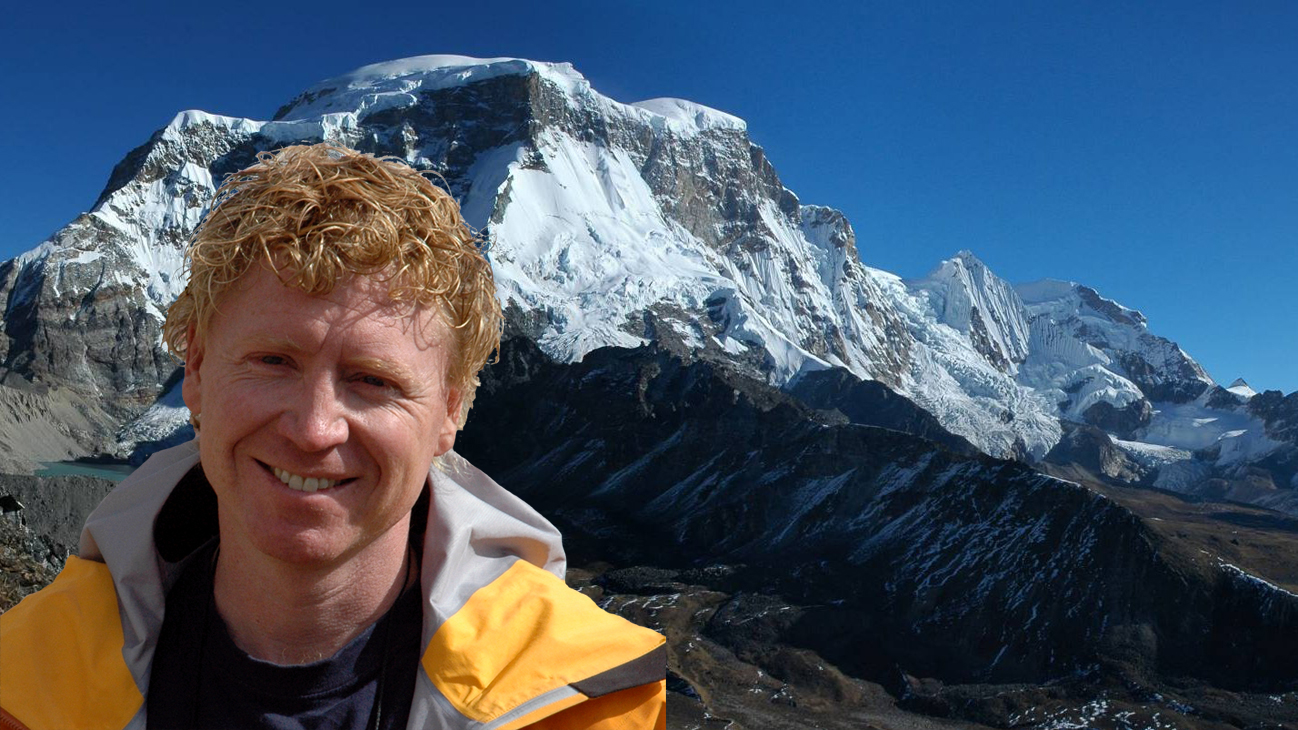Leadership and Motivational Strategist James Robbins recalls his recent ascent of Mount Sajama in Bolivia, and notes how effective leadership of others differs from leading yourself:
The meeting lasted only a few minutes. When you are perched on the side of a mountain at 20,000 feet above sea level, it’s not a good idea to sit around. We had been steadily making our way up the southwest side of Mt. Sajama, the highest peak in Bolivia and one of the highest in the western hemisphere. We still had over 1,500 vertical feet to go before reaching the summit, and it was almost noon. Exhausted, we were convinced we had reached our limit and were now longing for the home fires of base camp. Osvaldo, our guide, radioed base camp to inform them that we had stopped in order to make a decision. The choices were simple—continue on toward the summit or abandon our attempt and retreat. If we were to continue upward, it would require something extraordinary from our leader, which brings up the question: what is Osvaldo paid to do?
Before he became a mountain guide, Osvaldo was a talented climber in his own right. As a mountaineer, he simply climbed mountains. Getting to the top was the goal, and, as his skills improved, so too did the number of summits he reached. Success was easily defined—getting to the top and returning home safely to tell about it, while having some fun along the way. For Osvaldo, the mountain itself was the challenge to overcome and the focal point of his energy and attention. Over time, as his climbing skills increased, he eventually decided to become a mountain guide. Instead of simply climbing mountains, why not get paid to help other people climb mountains? This is the mountaineering world’s equivalent of frontline management.
While this is a natural evolution for a good climber like Osvaldo, it requires a monumental shift in his thinking. For Osvaldo, becoming a guide meant that the mountain was no longer the focal point of his energy and attention. Reaching the summit was now a by-product of how well he managed his new job—moving people. Osvaldo’s experience as a mountain climber would serve him well in his new role. Because of his own path, he could relate to the demands of the mountains and their effects on people’s minds and bodies. This experience alone would not make him a great mountain guide because mountain guides don’t climb mountains; they help others to climb mountains.
Let’s leave the mountains for a moment and enter your workplace. As a manager, you undoubtedly have a full plate that is constantly spilling over with a seemingly endless list of to-do’s. The million-dollar question, however, is what are you being paid to do? The secret to being a great manager lies in answering this question correctly. Great managers must make the same monumental shift that our friend Osvaldo had to make when he transitioned from mountaineer to climbing guide.
Your primary job is to produce results, whatever they may be. Before you were a manager, you were also paid to produce results, but things were different then. Your focus was primarily on a set of tasks that over time helped you reach your goal. As a manager you are still paid to produce results, except that now it isn’t really you who produces them; it’s your people. So, your real job is helping your people be as successful as you need them to be. This is where you will find success as a manager.
What can you do today to help your team move further up the mountain?

